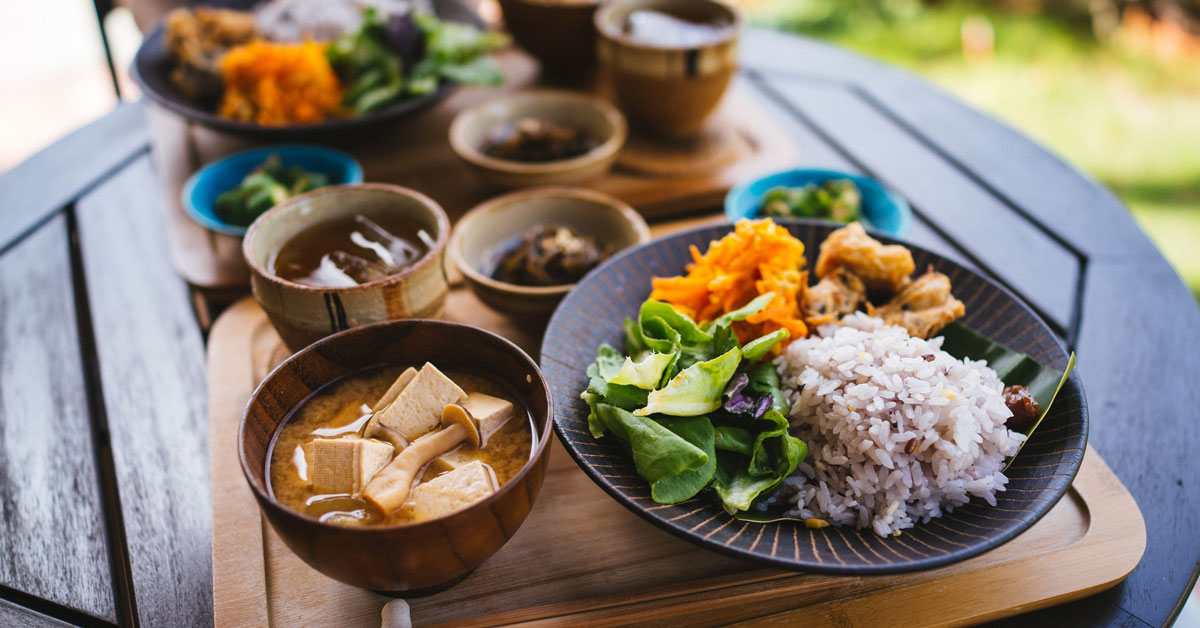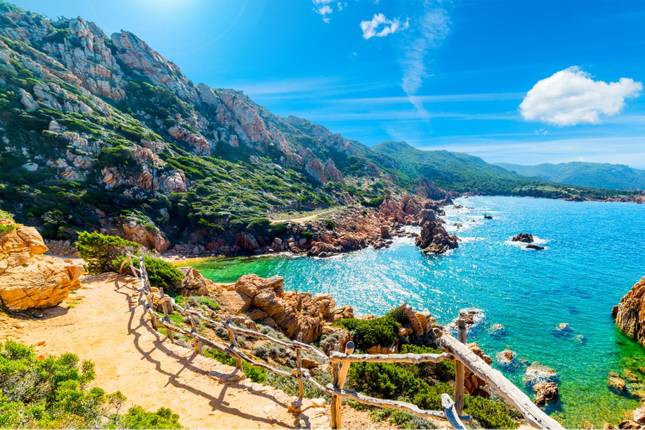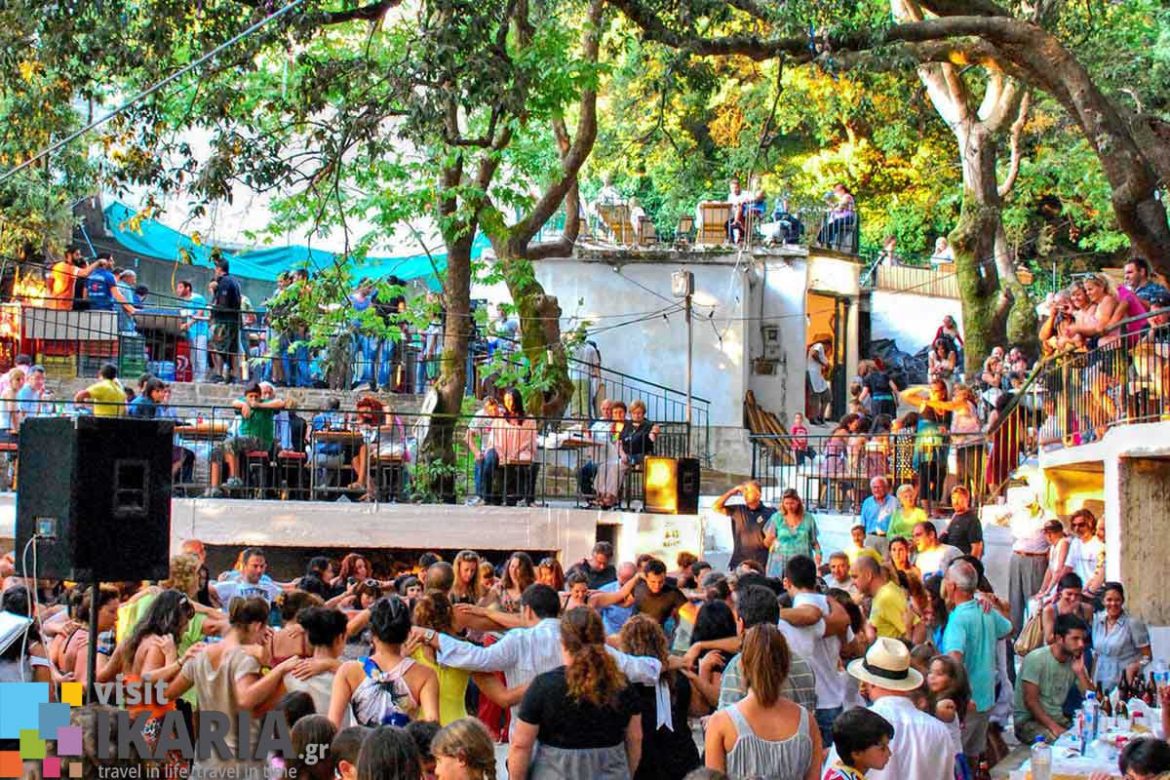Hello and welcome to my site! For those of you who don’t know me, my name is Cassie Amber and I’m a holistic nutritionist, specialising in whole-foods plant-based diet.
One of the biggest issues we struggle with when it comes to our health and wellness goals, is finding the motivation to stick to our routine and healthy habits. So instead of restricting food, counting calories and not having much to look forward to in the process. My mission is to shift your focus towards a much deeper purpose that will DRIVE you day-in and day-out.
I once heard a quote –
“There’s not enough hours in the day, so why not add years to your life instead”
So I’ve put together some commonalities of The Blue Zones which are the places in the world where residents live to 100 years or older with the lowest rates of disease and mortality.
Okinawa’s
The first ‘Blue Zone’ found on a tropical island near Japan has one of the highest ratios of centenarians, referring to people that live to be 100 or older. The islanders even over 65 years old still enjoy very active lifestyles, they have the lowest rates of disease and only half the dementia of those a similar age in other countries around the world. Their diet consisted of a lot of soy beans and green vegetables, along with up to 67% of their diet being sweet potato which comes to a shock to those who are afraid of carbs. Meat was often scarce and rice also played a huge part in what they ate. Despite their love for pork, they only consumed it along with fish in small quantities, around 2-3 times a week.
Another way the Okinawans didn’t suffer from the saturated fat in the pork, was stewing it for days and skimming off the fat. In the end it was basically just high-protein collagen. This is a lot different to the Western diet where we BBQ meat giving off harmful carcinogens, or cooking it at high speed in oil which also changes its chemical structure at high temperatures and degrades the quality which then becomes a danger to our body.
You can see here where we have gone wrong in the Western diet, consuming meat 2-3 times a day in large portions. Before 1940, 80% of their diet was made up of whole-food starches and they flourished.
The way I like to describe it is they use meat as the ‘flavour and texture’ of the meal, rather than the main course.

Mediterranean Island of Sardinia
An inland region known as Ogliastra which is the most mountainous area of the island. The residents here tend to sheep and live a simply in the unforgiving terrain. It’s not an easy life but it’s a rewarding one, as the longest lived males are those who tread the rugged paths of Sardina’s mountains. It just goes to show that movement is key! These people don’t have access to a gym to lift weights, but they have very active lifestyles with functional body movements, helping their mobility, stamina, flexibility and more.
They loved fava beans, chickpeas, fennel and zucchini. They ate generous amounts of bread made from barley and durum wheat, as well as pasta. They enjoy goats and sheep’s milk, deep red Cannonau wine from Grenache grape that thrives on their sun-drenched hillsides. Their meat and fish consumption is generally less than Mediterranean diets.

Seventh Day Adventist Religious Group in Loma Linda, California
Those living in this region of the Blue Zones eat a wide variety of beans, lentils, green vegetables, other vegetables and nuts. There are some who eat meat and fish, to some who are vegetarian and vegan. But their common denominator is that they focus on real, unprocessed food. Those who ate meat did so far less frequently than those suffering from disease and obesity in America.

Ikaria, Greece
A relatively remote island not far from the west coast of Turkey, Ikaria has only a little more than 8000 inhabitants. It also has rugged terrain that contrasts with the warm Mediterranean climate and relaxed lifestyle of its people who live almost a decade longer than standard Americans.
Their traditional diet includes a variety of wild mountain greens found on the island, along with chickpeas and black-eyes peas. As they are surrounded in rough seas and winds, fishing is more difficult and there is a limited local supply.
Ikarians enjoy pasta and olive oil as with the Mediterranian traditions, but they also eat many legumes and potatoes. They eat meat or poultry in small quantities a few times a week and enjoy bountiful amounts of fresh vegetables, grown locally in gardens. They drink coffee, tea, wine and enjoy honey. But eat little refined sugar or flour.

Nicoya Peninsula, Costa Rica
These hilly regions were once used as a refuge by the Contra rebels of Nicaragua. These residents usually reach the age of 90 and have far less rates of cancer, heart disease and diabetes than the rest of the world.
The Nicoyans feast on black beans and locally available green vegetables, as part of a diet rich in corn, squash, yams, rice and tropical fruits. Meat, poultry, fish and dairy products are all common, but limited in terms of overall calories along with the occasional egg. They still indulge in many of these foods, but not to the extent of Westernised countries.
The people living here tend to consume a high carb, moderate fat and moderate protein plant-based diet rich in legumes.

Some of the common patterns included –
- Greens and Beans – No matter where you go in the Blue Zones, they are eating a lot of green vegetables and about a cup of beans a day.
- Another notable feature of the Blue Zones diets is not what they eat, but what they drink. Most Blue Zones keep it simple—water, coffee, tea, and a little wine. They rarely drink fruit juices, and completely avoid the sodas, sports drinks, energy drinks, sugary cocktails, Frappuccinos, and other calorie-laden beverages common in the modern world. Adventists recommend seven glasses of water a day and are the only Blue Zone population that abstains from alcohol. Okinawans tend to have a glass of tea near them constantly, often green tea, which has been shown to have all kinds of health benefits. Ikarians, Sardinians, and Nicoyans all love to drink coffee.
- These people valued convenience in their lives as much as we do, and their unusual health outcomes are largely due to lifestyles that are traditional and easy to maintain. From walking, gardening, eating, cooking, socialising and living with a strong sense of faith and purpose, they followed the patterns that fit conveniently into their community and culture. Their way of life, from dawn to dusk, just happened to also support healthy, positive, life-enhancing behaviours. They also lived in tight-knit social networks that consistently reinforced the same and gave them a sense of support and belonging.

Other Notes
The point I’ve taken away from learning about the Blue Zones is that it doesn’t have to be an all-or-nothing approach. I respect vegans for everything they do to help our planet, animal welfare and it is also excellent for their health. But not everyone wants to go completely vegan.
Personally I follow a 95% approach myself with occasional fish and free-range eggs which works for my individual body. But I like having this middle ground to open up this way of eating to everyone. I welcome both sides in my nutrition business so you can make it fit your needs. Whether that be one meat meat a week or month, a light sprinkle of cheese on your salad, or meat for a special occasion only. This way you don’t need to say goodbye to it forever if you don’t want to and you can still enjoy the health benefits of decreasing your intake and prioritising plants. That’s better than making no change at all!
The Blue Zones also consume very little milk or milk products, and when they do it tends to come from sheep and goats. Cow’s milk and cheese are almost entirely absent! This is something that most tend to not think about or realise, but goat and sheep by-products have far less natural growth hormones compared to cows as they are far less bigger in size! Cows milk is not designed for the human body, it is designed to grow a baby calf in a huge mammal as rapidly as possible. So ask yourself what that does to our human body? It stimulates our cells of course, including cancer cells, is high in saturated fat and is very calorie dense, making it easy to gain weight. Not to mention most people in the world are allergic to it..
Top Longevity Foods
Tofu
A daily essential in the Okinawa diet! Studies show that people who eat soy products in place of meat have lower cholesterol and triglyceride levels, which reduce their risk of heart disease. Although there is a lot of confusion about whether soy is good or bad for you and opposing information, I relate it back to The Blue Zones. If they can eat it regularly and live longer with less disease, I happily include it as part of my diet.
Sweet Potato
Sweet potato does not spike blood sugar levels as much as regular white potato. It also contains anti-oxidants called sporamim which host a variety of anti-aging properties. The leaves are eaten as greens in miso soup in the Okinawa’s!
Turmeric
A powerful anticancer, anti-oxidant and anti-inflammatory! Is consumed prominently in the Okinawan diet as both a spice and a tea. Its compound curcumin has shown in both clinical and population studies to slow the progression of dementia — which may explain why Okinawans suffer lower rates of Alzheimer’s disease than Americans do.

Want To Learn How To Implement A Better Eating Pattern Into Your Own Life?
I’ve put a lot of effort into creating my FREE 7-Day Plant-Based Masterclass Series, designed to teach you all about plant-based nutrition for a longer and healthier life.
So What Does It Involve?
Each day you will receive different health tips delivered right to your inbox!
- The benefits of plant-based eating such as disease prevention, longevity and easy sustainable weight management 👙
- The difference between veganism and plant-based 🌱
- Common practices in the animal agriculture industry you may not know about 🐄
- How to cover your nutritional needs with plants rather than animal products – iron, protein, calcium, zinc, iodine, Omega-3 etc 🌯
- How to stay satiated throughout the day on plants to ensure you don’t go hungry 🍽
- How to lose weight on a plant-based diet – forget counting calories and limiting portion sizes 🥳
- How to make the transition 🐷
- How to make vegan food taste nice 🥘
- How to make eating healthy affordable 💰
- How to respond to questions from others & frequently asked questions 🗣
- How to veganise your pantry – swap THIS for THAT 🍔
- My personal tips! 🌟
As you can see there’s a tonne of value and effort that’s been poured into this masterclass series! My goal is to break social stigmas around what we eat and show you just how AMAZING you can feel!

